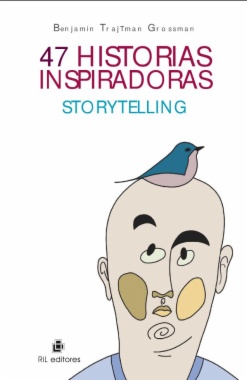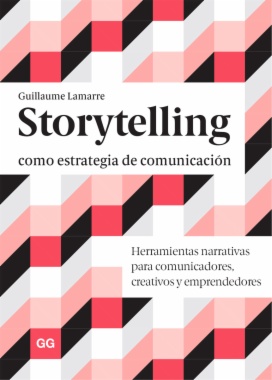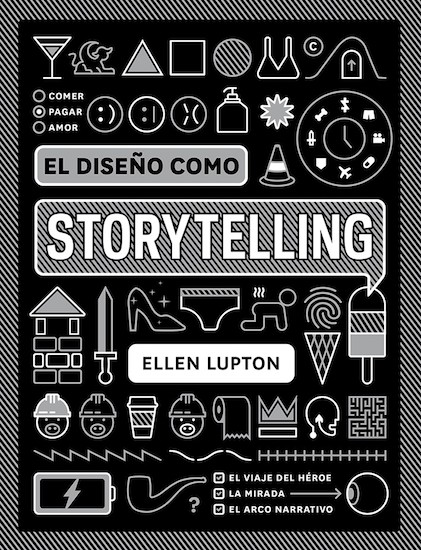Por:
Ana María Rojas Munera
|
Fecha:
2016
Design thinking has gained popularity as a new paradigm for dealing with problems in organisations in need of innovation. It is a term that comes from design studies, however, today it is dispersed by managerial realms as a panacea for building user-centred organisations and solving problems in education or business. Thus, design thinking as a concept has turned into a human-centred approach with the form of a process and a set of attitudes available for non-designers to use.
Museums have seen in it an alternative point of view that brings transformations into their modus operandi. In the sector, the term is used interchangeably with human-centred methodology or co-production approaches, being exhibition development one of the areas in which it has had major impact. From this lenses, design thinking is the synonymous of a community-constructed and creative process that brings into life collaborative, inspirational and meaningful exhibitions.
Overall, this study marks one step forward in clarifying the framework behind this encounter. Taking the contributions from design studies, it explores the way design methodologies have been assumed: from strict step-by-step processes, to reasoning patterns of problem exploration and creative thought. Those transformations had also great influence in museums, where exhibition development practice also has shift from hierarchical and structured, to horizontal and multidisciplinary exercises.
Cultural institutions have explored this route, finding in it a means to offer engaging programmes or exhibitions. In this study, Coventry Transport Museum, Derby Museums and the Design Museum in London will be the roadmap to understand how the term is being adopted, discussed and institutionalised in museums. Although in those cases design thinking is replacing traditional process for creating museum’s projects, it is also being transformed into an alternative paradigm of learning that turn museums into laboratories of critical thinking.





